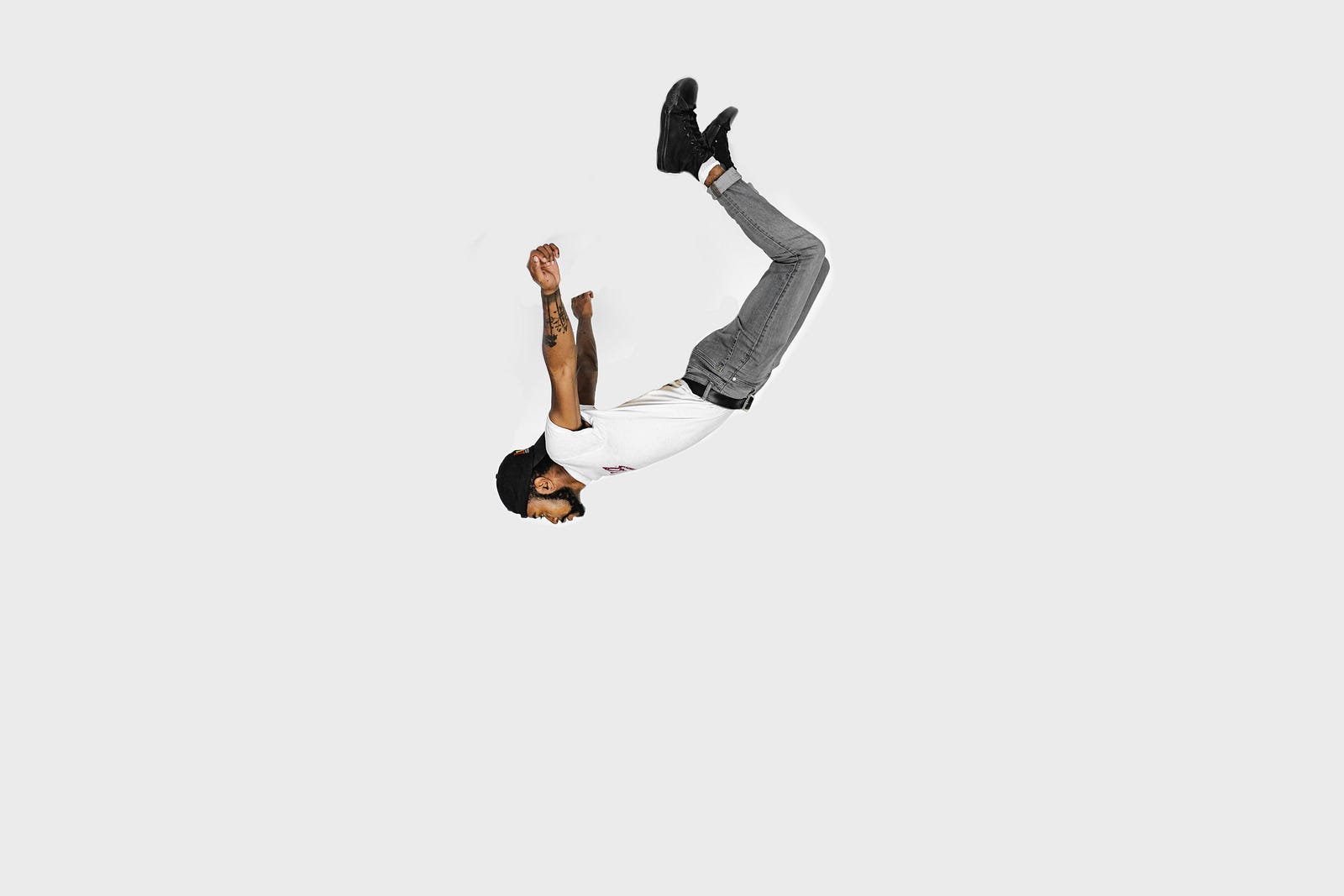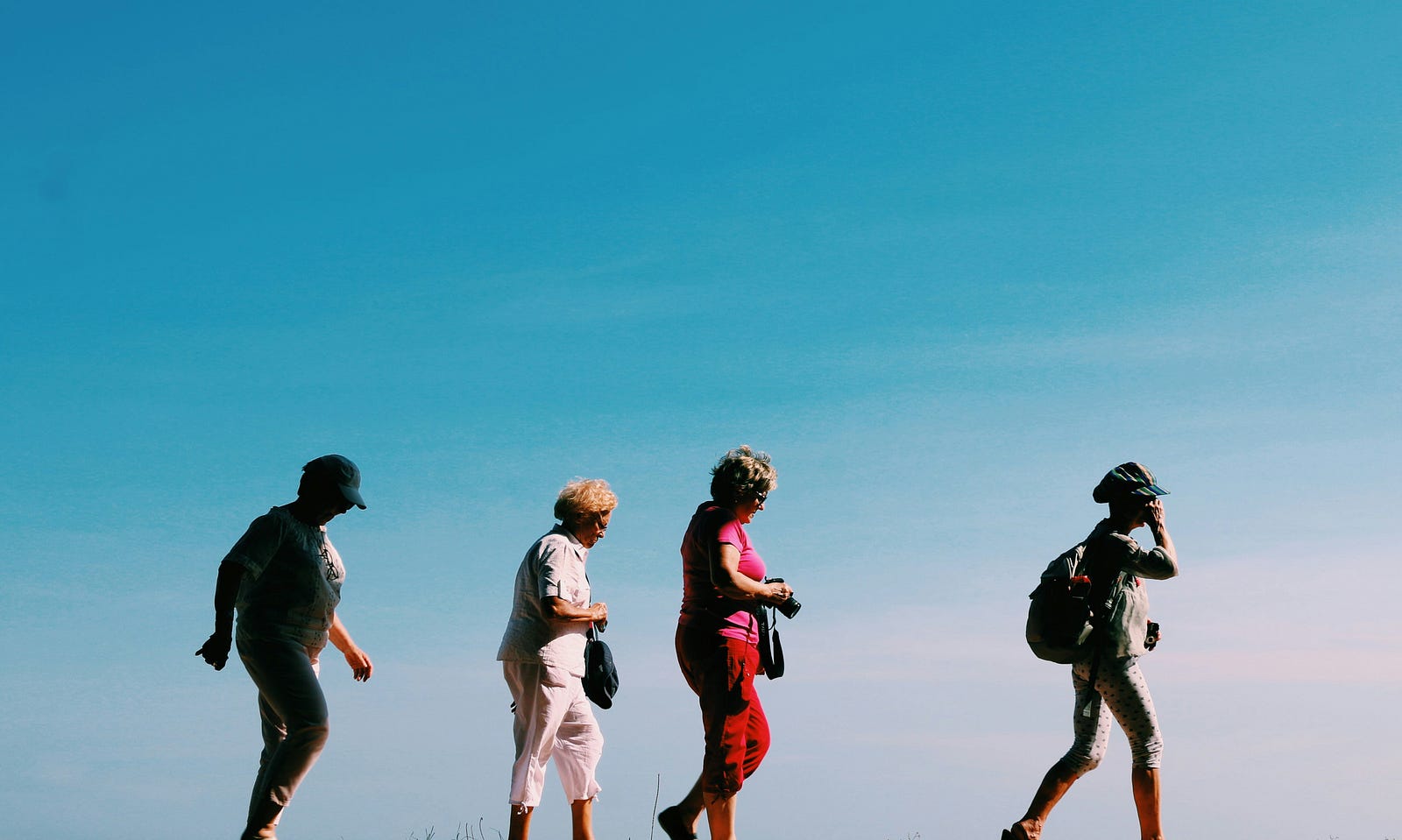Taking a tumble can be a major setback, especially for older adults. My reconstructed knee can attest to that. Fortunately, there are ways we can all reduce your fall risk.
This essay will explore how exercise interventions can benefit community-dwelling adults aged 65 and over at increased risk of falls.
And help those of us who are not yet 65, too.
I’ll examine the science behind fall prevention.
I will also provide practical tips for incorporating safe and effective exercises into your daily routine.

So, whether you want to maintain your independence or move more confidently, this post will equip you with valuable information to stay safe and active as you age.
Falls Are Common
Falls are a serious concern for older adults in the United States.
Tumbles are the leading cause of fatal and nonfatal injuries among older adults.

Over 14 million, or about one in four older adults, fall annually in the United States.
This number makes falls the leading cause of injuries and even death among this age group.
New Guidance on Fall Risk Reduction
Experts recommend exercise to help prevent falls and fall-related morbidity in community-dwelling adults 65 years of age and older who are at increased risk of falls.
This guidance is from a new recommendation statement from the U.S. Preventive Services Task Force (USPSTF).
After reviewing the evidence, the task force discovered this:
Exercise programs moderately effectively reduced falls for older adults at higher risk.
This observation means getting active can significantly decrease one’s chances of falling.

Study Details
Here’s my takeaway from the study:
- Exercise and Multi-Step Programs Help: The study found that exercise programs and broader interventions combining multiple strategies (like exercise and home safety modifications) reduced falls overall.
- Exercise Reduces Falls and Injuries: Exercise programs were especially effective in lowering the chances of falls and fall-related injuries for individuals.
- Specificity Matters: While the study couldn’t pinpoint the exercises most beneficial for fall prevention, some trends emerged. Activities like gait training (improving walking patterns), balance training, and functional training (exercises that mimic daily activities) seemed most helpful. Strength and resistance training also showed promise.
- Multi-Step Programs Didn’t Always Target Specific Falls: Interestingly, broader programs that combined various strategies didn’t necessarily reduce the number of falls in general. However, comprehensive approaches might be more effective in preventing specific types of falls (like those causing injuries) — more research is needed here.
Key Takeaway: Getting active, especially with exercises that target gait, balance, and daily activities, can significantly reduce your risk of falling and getting hurt.
Reduce Your Fall Risk: Get Moving
The good news is that there’s flexibility in how you get active.

The task force didn’t specify individual or group exercise as better — the choice is yours.
While most of the studies they reviewed involved group activities, there might be a fall prevention program that fits your preferences perfectly, whether you enjoy working out on your own or with others.
Reduce Your Fall Risk: Simple Steps to Stay Safe and Independent
Falls are a common concern for older adults, but the good news is we can reduce our risk.
Here are some easy steps you can take to stay active and independent:
Talk to your healthcare provider
- Be Open: Let your healthcare provider know if you’ve fallen, feel unsteady, or worry about falling.

- Medication Check: Discuss any medications you take that might cause dizziness or drowsiness.
- Vision Check: Get a yearly eye exam and update your glasses if needed.
- Foot Health: Have your doctor check your feet yearly and discuss footwear that reduces fall risk.
- Underlying Conditions: Talk to your doctor about health concerns like depression, osteoporosis, or low blood pressure that could increase fall risk.
Stay Active
- Exercise for Strength and Balance: Consider activities like Tai Chi to improve leg strength and balance.
Make Your Home a Safe Haven
- Minimize Trip Hazards: Remove loose rugs and keep floors clutter-free.

- Improve Lighting: Brighten your home with stronger light bulbs or additional lighting.
- Bathroom Safety: Install grab bars next to the toilet and in and around the tub/shower.
- Staircase Support: Put handrails on both sides of your stairs.
Following these simple tips can lower your chances of falling and maintain your independence for longer.
I encourage virtually all of my older patients to participate in exercise and reduce their fall risk factors.
Thank you for reading “Reduce Your Fall Risk.”




